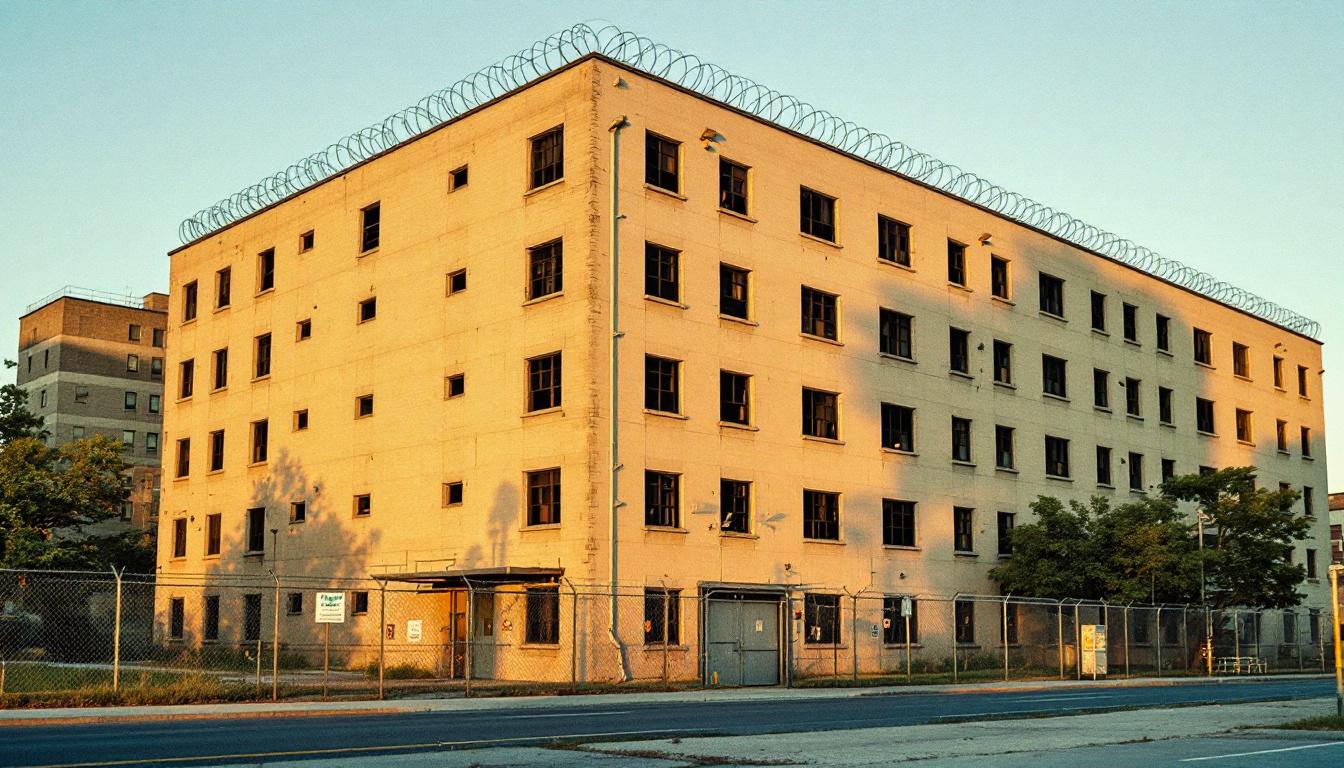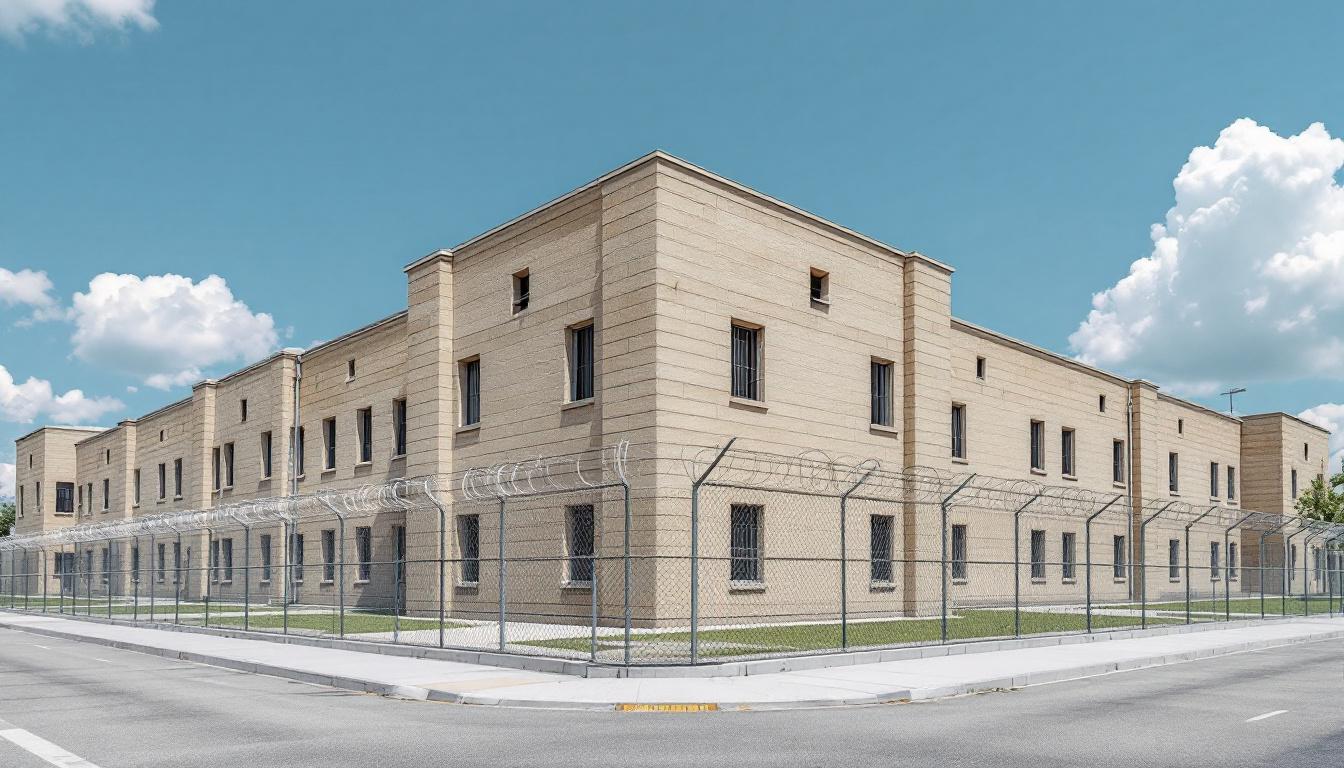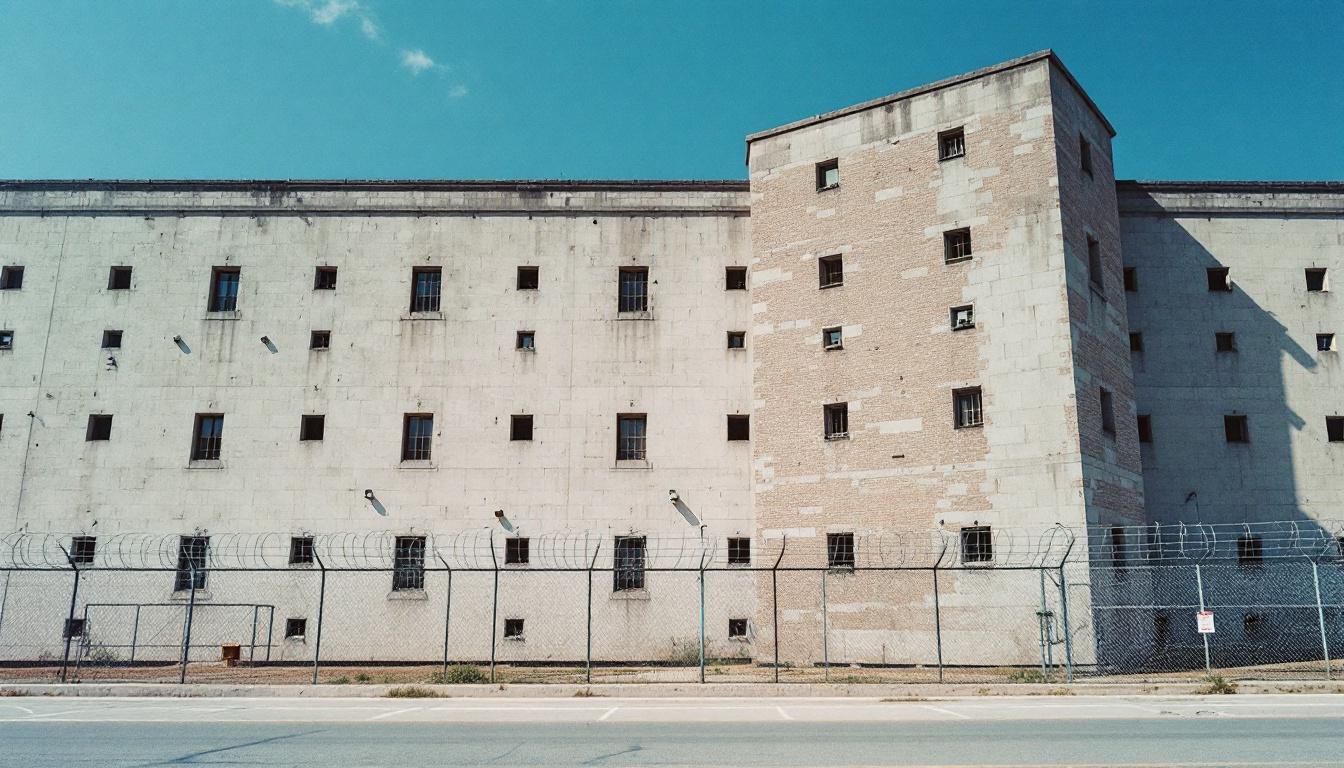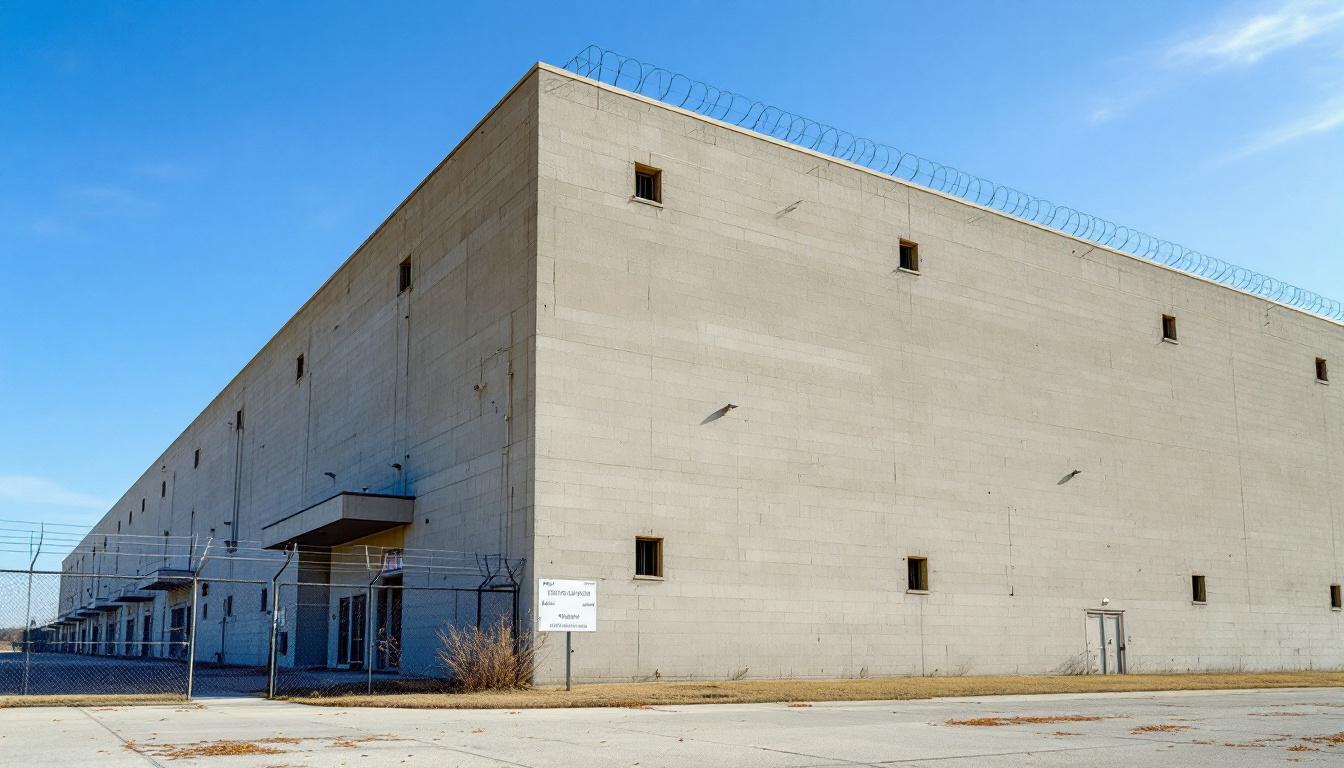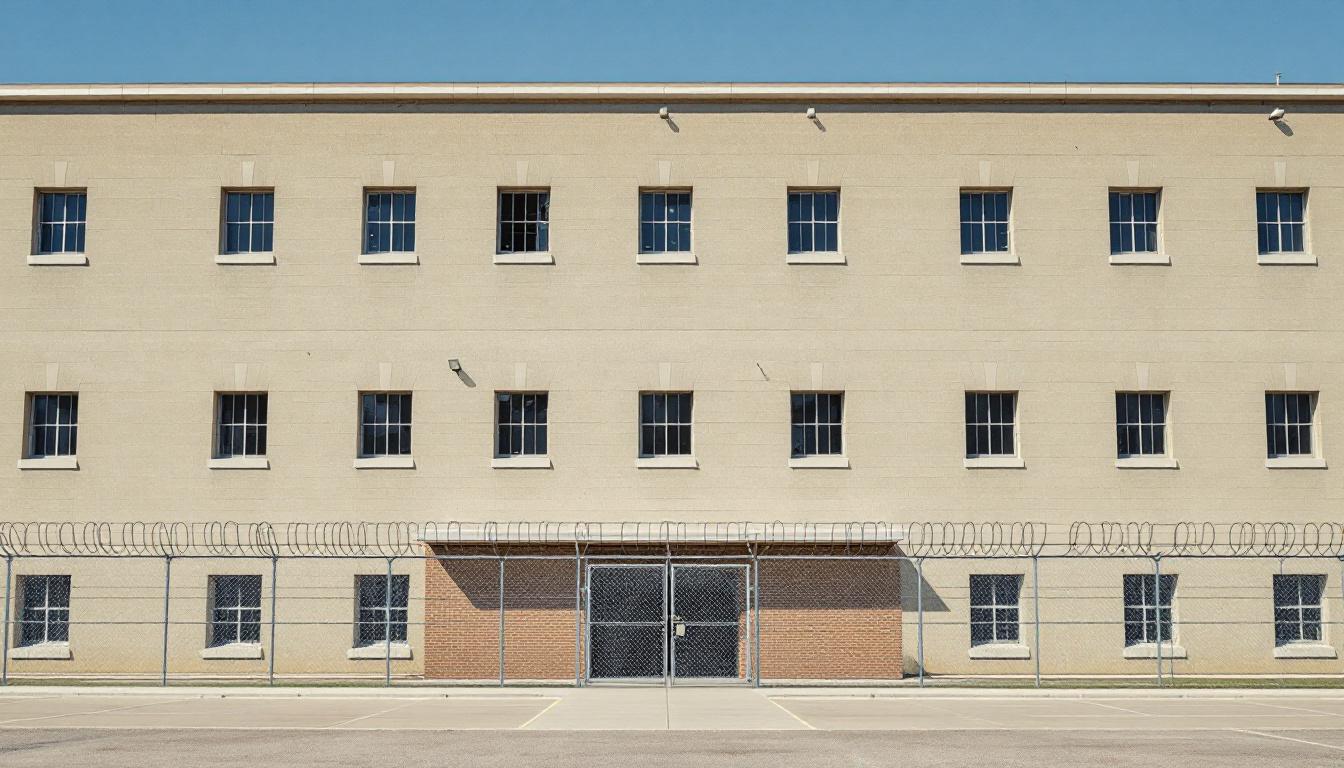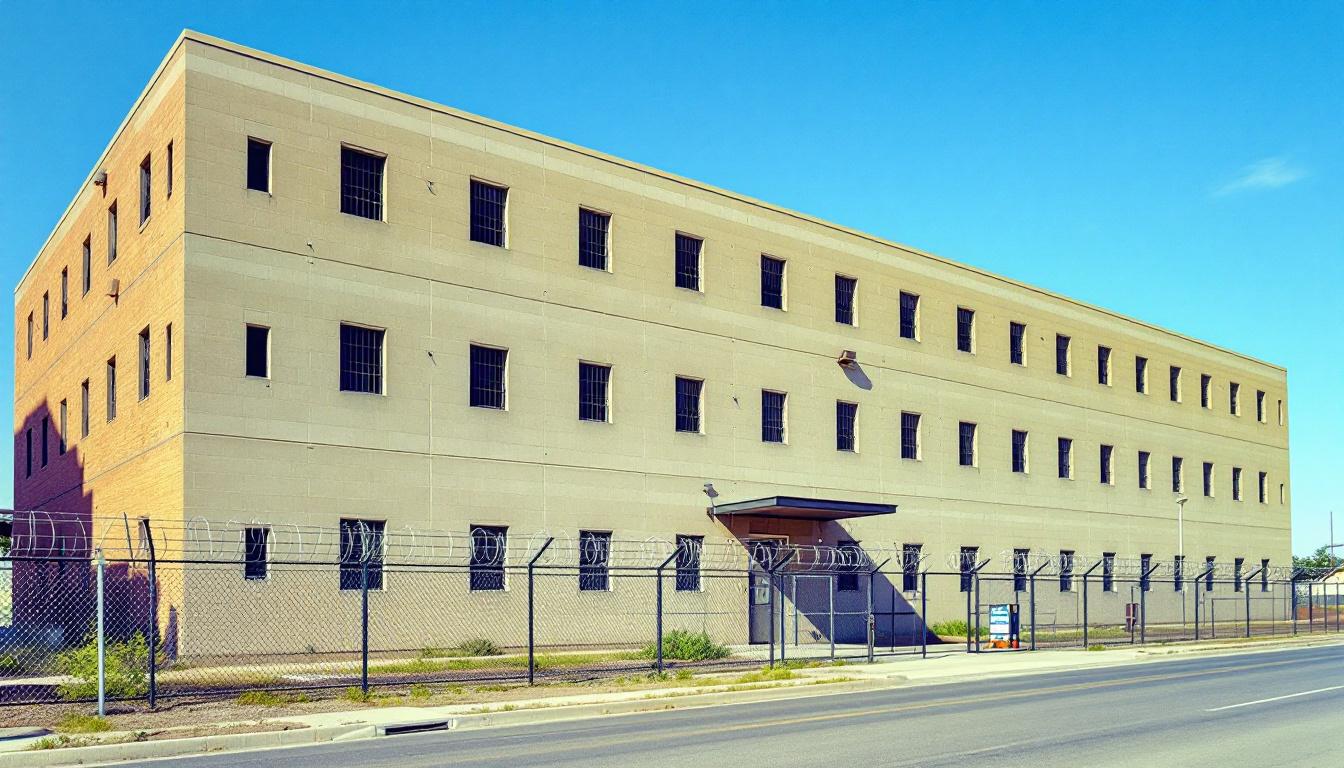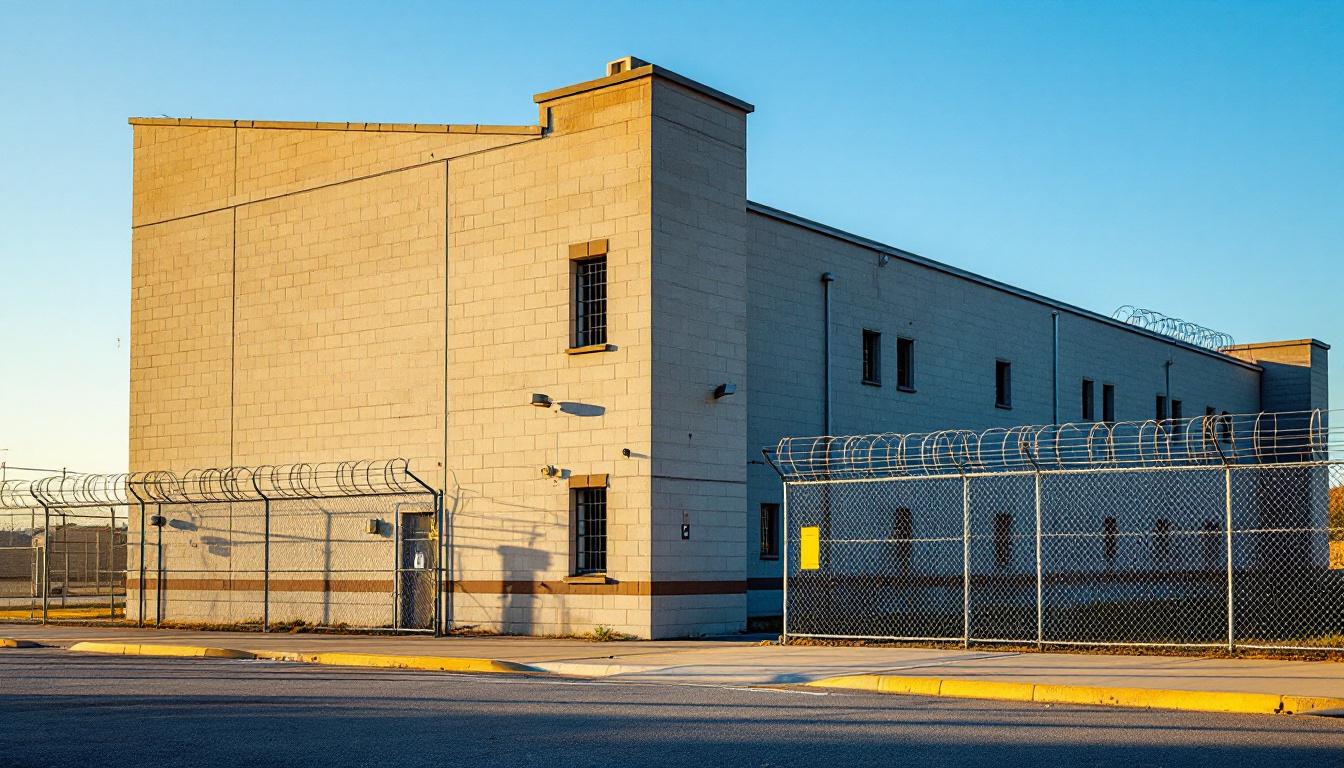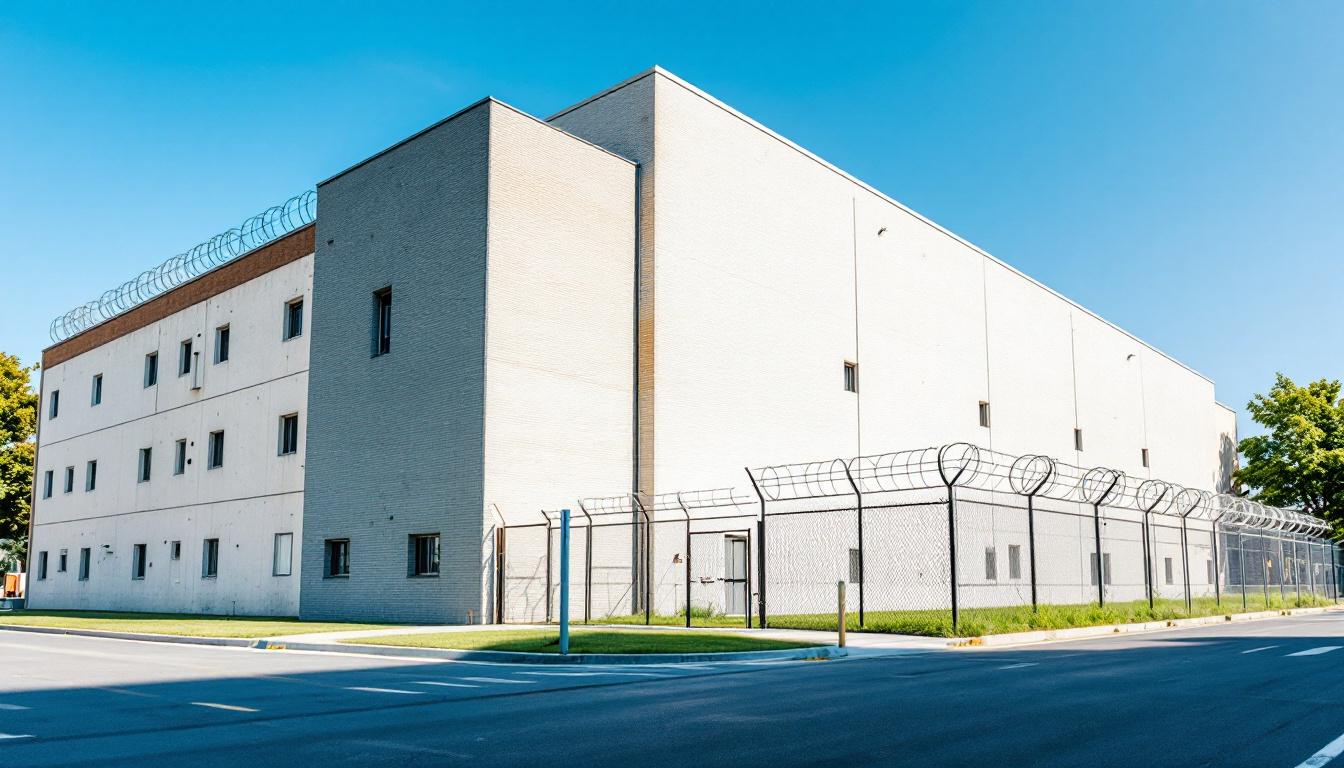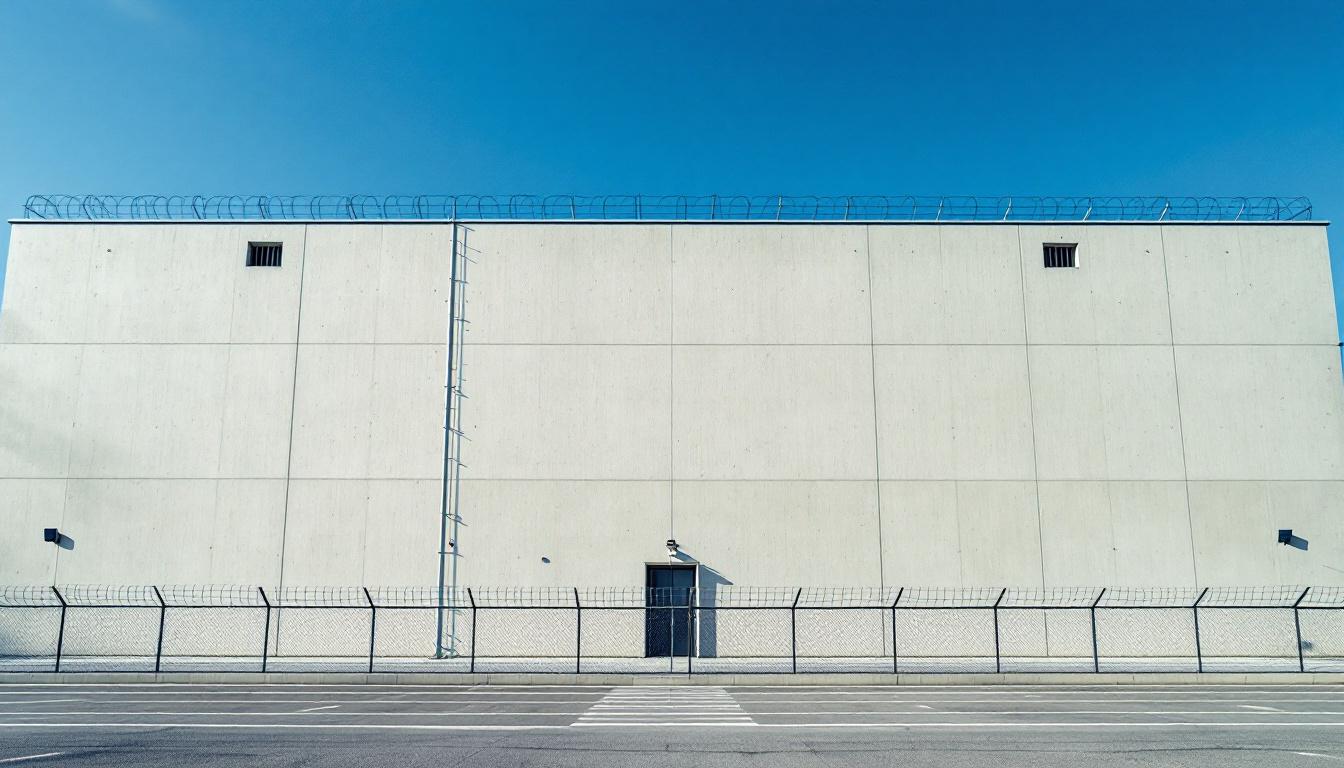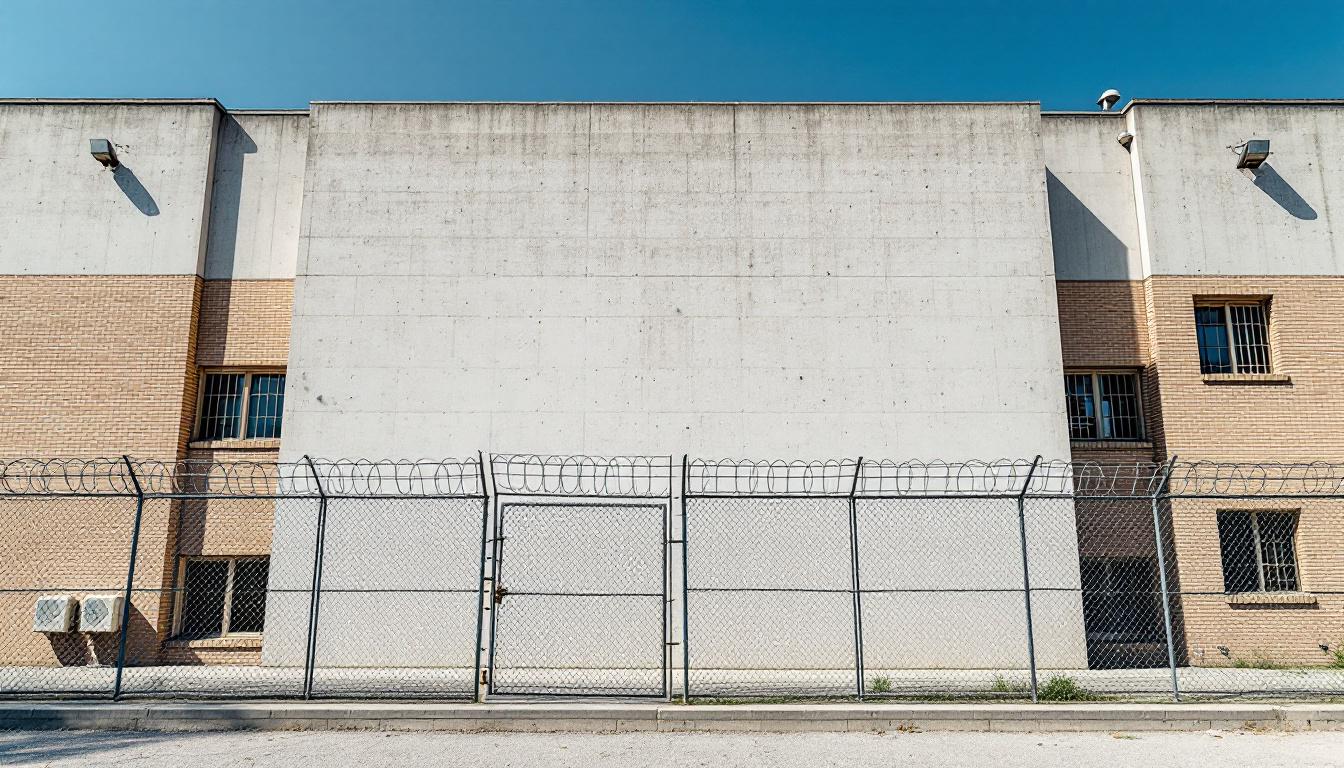
Quick Navigation
How to contact an inmate at Carter County Detention
This comprehensive guide will walk you through how to connect with an inmate at Carter County Detention. Follow the steps below to find an inmate and send letters and photos:
- Search for the inmate using our search tool below
- Create your account or log in to Penmate
- Write your message (up to 6,000 characters)
- Send instantly - inmates receive printed copies daily
Find an Inmate
Search for an inmate to start communicating today
Tip: You can search by first name, last name, or inmate ID number
To contact a person at Carter County Detention start by searching for the person on the facility website. Perform a search by following these steps:
- Step 1: Enter their first name and last name into the search form and click "Search"
- Step 2: Locate their inmate record
- Step 3: Write down their Inmate ID and any housing information provided
Important! Be sure to enter the person's full name. Nicknames should not be used.
How to Send Messages to Inmates

You can use your phone or computer to send emails, letters, and photos to an inmate. Messages are sent electronically to inmate tablets or kiosks at the facility. If you would like to send a message, start by searching for an inmate at Carter County Detention.
Sending Photos and Postcards

A great way to send love and support to a loved one at Carter County Detention is to send photos and postcards. It only takes a few minutes to send photos from your phone and it makes a huge difference. You can also mail postcards with words of support and inspiration, or design your own postcard for special moments like birthdays and holidays.
Important! Be sure not to send any explicit photos or they may not be approved by the facility. You can also use a photo printing app like Penmate to make sure your photos are printed at the correct size (4x6 or 3x5) and are mailed according to the rules and regulations of Carter County Detention.
Frequently asked questions about Carter County Detention
-
How long does it take to deliver a message?
If you're sending an email message your letter is usually delivered within 24-48 hours. For messages sent via mail you should expect delivery within 3-7 days. All messages will need be approved by Carter County Detention.
-
How much does it cost to send a message to Carter County Detention?
You can send a message free using your phone or mail a message via USPS for the price of a $0.60 stamp and envelope. You can also purchase credits or e-stamps from services starting at $1.99.
-
What services can I use to contact an inmate at Carter County Detention?
Penmate
You can use Penmate to send letters and photos to an inmate from your phone. It's an easy way to stay in touch during your loved one's incarceration. Use the inmate locator to find an inmate's location and contact information, then you can send messages within a few minutes.
Securus messaging
Securus may be another option for communicating with an inmate at Carter County Detention. You can create a friends and family account and purchase credits to send messages. All messages will be reviewed and must be approved by the facility.
JPay
Some county jails and state prisons may support sending messages with JPay. You must register an account with the system, find your loved one, and purchase stamps to send messages. For some locations you can also attach photos.
Smart Jail Mail
You may also check if Smart Jail Mail is available at Carter County Detention. Smart Jail Mail is operated by Smart Communications and has contracted with some state and county jails. After purchasing credits, your messages and photos are sent to the facility, printed out, and then handed out to your loved one.
-
What is the mailing address of Carter County Detention?
Mailing address:
Carter County Detention
100 S Washington St
Ardmore, OK 73401
Phone: (580) 221-5521 -
What are the visiting hours at Carter County Detention?
Visiting hours at Carter County Detention vary by housing unit and security level. Generally, visits are scheduled on weekends and holidays, with some facilities offering weekday visits. Contact the facility directly at (580) 221-5521 or check their website for the current visiting schedule. Visits typically last 30-60 minutes and must be scheduled in advance.
-
What items are prohibited when sending mail to Carter County Detention?
Prohibited items typically include: cash, personal checks, stamps, stickers, glitter, glue, tape, staples, paperclips, polaroid photos, musical or blank greeting cards, hardcover books, magazines with staples, and any items containing metal or electronics. Only send letters on plain white paper with blue or black ink. Photos must be printed on regular photo paper (no Polaroids). Always check with Carter County Detention for their specific mail policies.
-
How do I send money to an inmate at Carter County Detention?
You can send money to an inmate at Carter County Detention through several methods: 1) Online using JPay, Access Corrections, or the facility's approved vendor, 2) Money orders mailed directly to the facility with the inmate's name and ID number, 3) Kiosks located in the facility lobby, or 4) Over the phone using a credit or debit card. Fees vary by method, typically ranging from $2.95 to $11.95 per transaction.
-
Can I schedule a video visit with an inmate at Carter County Detention?
Many facilities now offer video visitation as an alternative to in-person visits. At Carter County Detention, video visits may be available through services like Penmate, Securus Video Connect, GTL, or ICSolutions. Video visits typically cost $10-20 for 20-30 minutes and must be scheduled in advance. You'll need a computer or smartphone with a camera and reliable internet connection. Contact the facility for their specific video visitation policies and approved vendors.
-
What identification do I need to visit an inmate at Carter County Detention?
All visitors must present valid government-issued photo identification such as a driver's license, state ID, passport, or military ID. Minors must be accompanied by a parent or legal guardian who can provide the minor's birth certificate. Some facilities require visitors to be on the inmate's approved visitation list, which may require a background check. Contact Carter County Detention for specific ID requirements and visitor approval procedures.
-
How can I find out an inmate's release date?
To find an inmate's release date at Carter County Detention, you can: 1) Use the online inmate search tool if available, 2) Call the facility's records department, 3) Contact the inmate's case manager or counselor, or 4) Have the inmate provide this information during a call or visit. For privacy reasons, some facilities only release this information to immediate family members.
Facility Overview
Contact Information
Carter County Detention100 S Washington St
Ardmore, OK 73401
Phone: (580) 221-5521

About Carter County Detention
Nestled within the rural landscape of Lebanon, Oklahoma, Carter County Jail, OK serves as a cornerstone institution in the community’s approach to justice and public safety. This OK correctional facility operates within the broader framework of the state’s correctional system, processing individuals through various stages of the judicial process while maintaining strong connections to the local community it serves. The facility’s location in Lebanon positions it strategically to serve Carter County residents while contributing to regional public safety initiatives throughout southern Oklahoma.
The operational philosophy at this county jail typically emphasizes a comprehensive approach to incarceration that extends beyond simple detention. Through various residents services, the facility generally works to address underlying factors that may contribute to criminal behavior, often incorporating educational opportunities and skill-building programs into daily operations. Staff members usually focus on creating structured environments that may include basic literacy programs, substance abuse awareness initiatives, and pre-release planning services designed to support successful community reintegration.
Community partnerships often play a vital role in the facility’s rehabilitation efforts, with local organizations and service providers frequently collaborating to offer programming that addresses diverse needs. The jail’s approach to public safety typically involves not dedicated secure housing of individuals awaiting trial or serving sentences, but also preparing residents for their eventual return to Carter County and surrounding communities. This process-oriented methodology generally aims to reduce recidivism while supporting both individual transformation and broader community well-being throughout the Lebanon area and beyond.
Programs & Services
Comprehensive rehabilitation through structured learning opportunities forms the cornerstone of Carter County Jail’s approach to resident development. The facility’s philosophy centers on addressing the multifaceted needs of individuals through evidence-based interventions that target both immediate challenges and long-term reintegration goals. This holistic framework recognizes that successful community transition requires more than basic confinement, instead emphasizing skill development, personal growth, and therapeutic intervention as essential components of the correctional experience.
Educational initiatives typically encompass adult basic education and GED preparation, delivered through structured classroom environments that accommodate varying literacy levels and learning styles. These academic programs often include computer literacy components and life skills training that prepare residents for post-release challenges. Moreover, vocational training opportunities may focus on practical skill development in areas such as construction trades, food service, and maintenance operations, providing residents with marketable competencies that enhance employment prospects upon release. Such programs typically combine theoretical instruction with hands-on application, allowing participants to develop both technical knowledge and work-ready habits.
Therapeutic interventions often include dual diagnosis treatment programs that address co-occurring mental health and substance abuse disorders through integrated care models. These specialized initiatives may deliver group therapy sessions, individual counseling, and medication management services coordinated by qualified mental health professionals. Moreover, support services frequently encompass faith-based programs that provide spiritual guidance and community connection, while recreational offerings such as intramural sports promote physical wellness and positive peer interaction. Additionally, personal care training in areas like barbering and cosmetology may offer residents opportunities to develop service-oriented skills while building self-confidence and professional presentation abilities.
Daily Life & Visitation
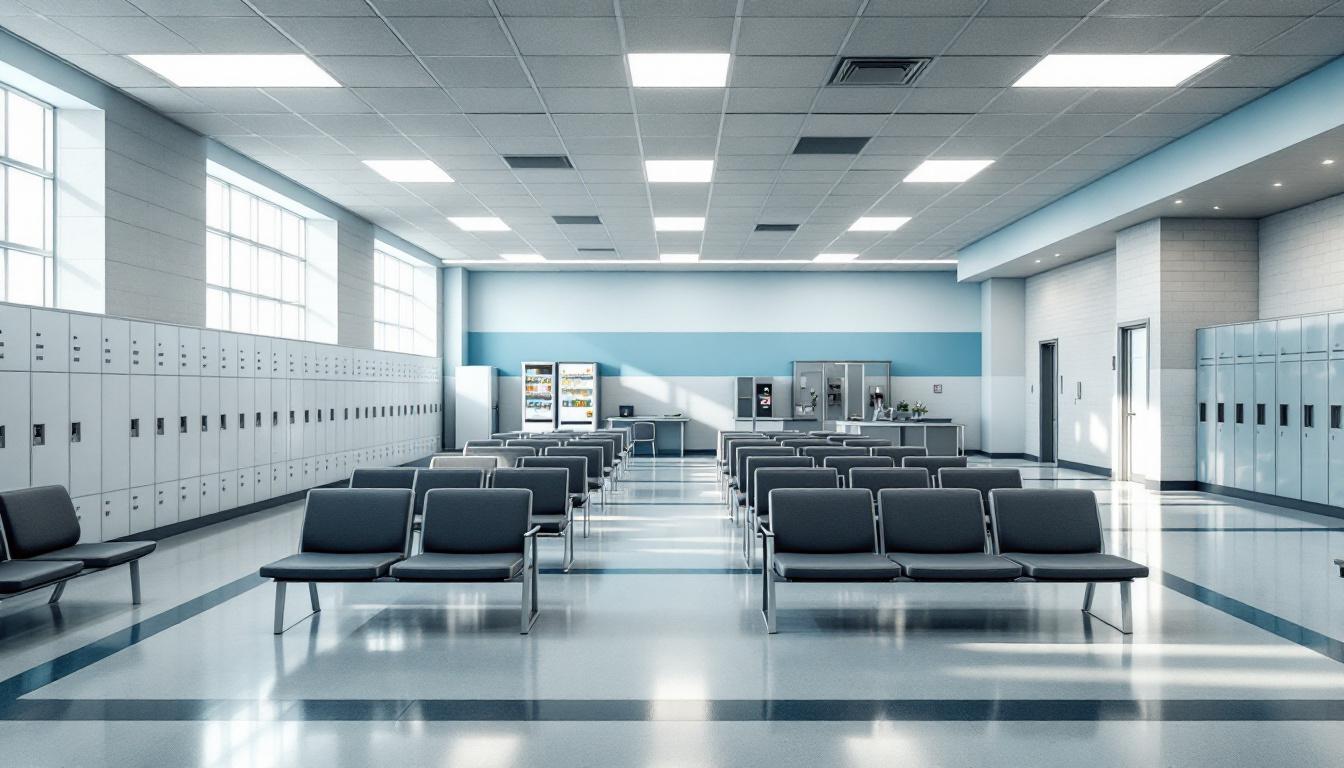
The rhythmic cadence of scheduled activities currently forms the backbone of residential life, where each day unfolds according to carefully structured routines that continue to provide residents with predictable patterns and clear expectations. Morning typically begins with wake-up calls followed by personal hygiene time and cell inspections, establishing an orderly start that carries through meal service, programming periods, and evening wind-down activities. This consistent framework generally helps residents adapt to their environment while maintaining a sense of routine that delivers stability during their stay.
Living accommodations at the facility typically consist of shared housing units where residents are assigned based on classification levels and security considerations. Each housing area generally includes basic furnishings such as beds, storage space for personal property, and access to common areas for television viewing and social interaction. Moreover, the commissary system allows residents to purchase approved personal items and snacks to supplement their daily needs, while dining arrangements typically involve scheduled meal times in designated areas where nutritionally planned meals are served according to dietary guidelines and any special medical requirements.
Programming schedules usually incorporate various structured activities designed to provide productive use of time, including work assignments within the facility such as kitchen duties, cleaning responsibilities, or maintenance tasks that help residents develop routine work habits. Whereas recreational opportunities may include access to exercise areas, television viewing periods, and organized activities, family connections continue to be supported through scheduled visitation periods and telephone access according to facility policies. Communication with loved ones typically follows established guidelines regarding call times and visitor procedures, helping residents maintain important relationships while serving their time in a structured environment that emphasizes accountability and routine.
Ready to Connect?
Start communicating with your loved one today
Search for an Inmate
